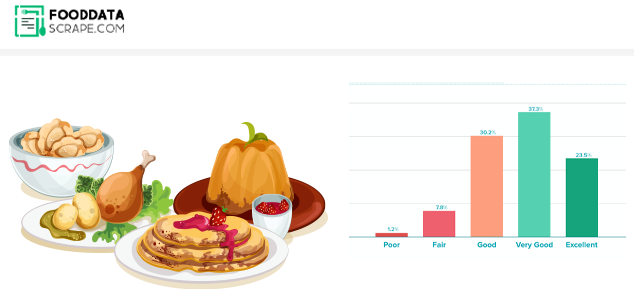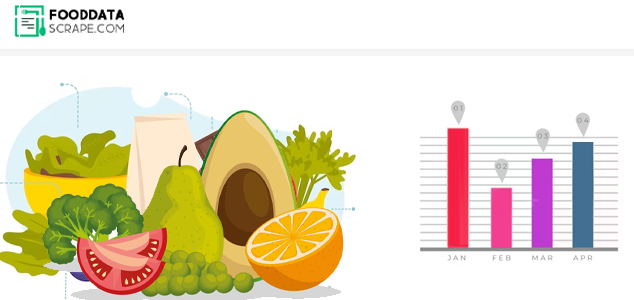News
In today’s era, the food industry is undergoing a massive transformation with the rise of ghost kitchens, also known as dark kitchens or cloud kitchens. These delivery-only restaurants operate without a traditional dine-in setup, focusing entirely on online orders. As more consumers prioritize convenience, speed, and variety, ghost kitchens are rapidly reshaping urban and suburban food markets. Understanding their growth, menu trends, and business strategies has become critical for restaurateurs, investors, and delivery platforms looking to stay competitive.
One of the most effective ways to monitor this evolution is through Web Scraping Ghost Kitchen Data. By collecting real-time information from food delivery apps, online menus, and restaurant listings, businesses can uncover valuable insights about trending cuisines, customer preferences, pricing strategies, and operational performance. This data-driven approach helps identify which dishes and kitchen models are performing best, enabling strategic business decisions backed by evidence.
Many ghost kitchens operate multiple brands from a single location, creating a complex but efficient operational model. Using tools to Scrape Cloud Kitchen Restaurant Data, analysts can track the number of active brands, their locations, delivery ratings, and order volumes. This information is essential for understanding market saturation, regional demand, and potential opportunities for expansion. It also helps competitors benchmark performance and adjust strategies in response to emerging trends.
Menu insights are another critical area. Through Restaurant Menu Data Scraping, businesses can collect detailed information about offerings, pricing, portion sizes, and ingredient combinations. This enables operators to benchmark against competitors, identify gaps in the market, and quickly adapt to shifts in consumer demand. For example, a sudden increase in vegan, keto, or low-calorie options can be identified and used to adjust menus or launch new concepts.
Advanced Ghost Kitchen Solutions
At Food Data Scrape, we provide advanced web scraping solutions designed
specifically for ghost kitchens and cloud restaurants. Our tools deliver
comprehensive datasets covering menus, pricing, active brands, and delivery
performance. With real-time updates, predictive analytics, and customizable
reporting, businesses can gain a competitive edge, optimize operations, and make
informed decisions faster. Whether you are a restaurateur, investor, or food
delivery platform, our solutions simplify tracking, benchmarking, and market
analysis in this fast-paced industry.
Additionally, ghost kitchens offer a unique opportunity to study consumer behavior. By analyzing collected data, businesses can identify peak ordering times, preferred cuisines, and popular add-ons. This insight helps optimize inventory, reduce food waste, and improve delivery efficiency. Financial analysts and marketers can also use the data to track revenue trends, design targeted promotions, and create personalized offerings based on customer preferences.
In conclusion, ghost kitchens represent a major shift in the way food is prepared, marketed, and delivered. Their growth is driven by changing consumer habits, technological innovation, and the rise of delivery platforms. By leveraging tools, businesses, investors, and analysts can gain actionable insights and stay ahead in this rapidly evolving market. With Food Data Scrape’s advanced solutions, monitoring and analyzing ghost kitchens has never been easier, helping you make smarter decisions and maximize opportunities in the modern food delivery ecosystem.























































































